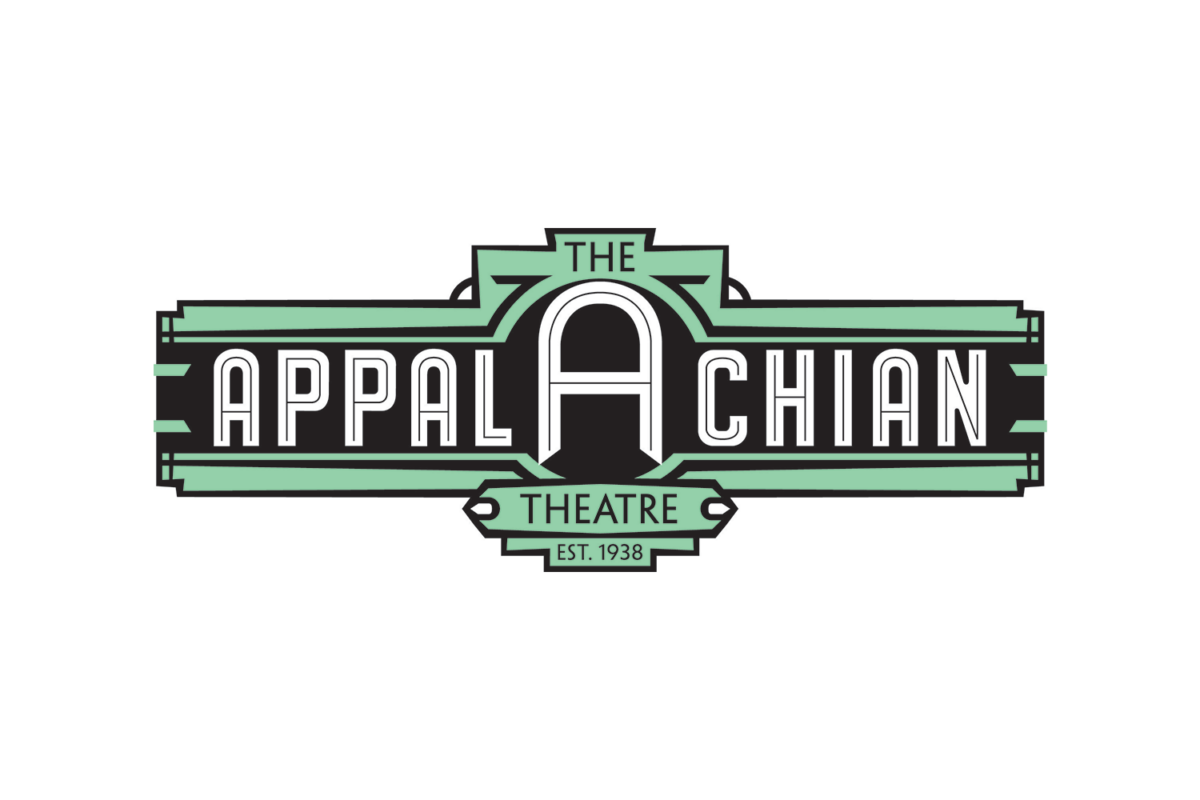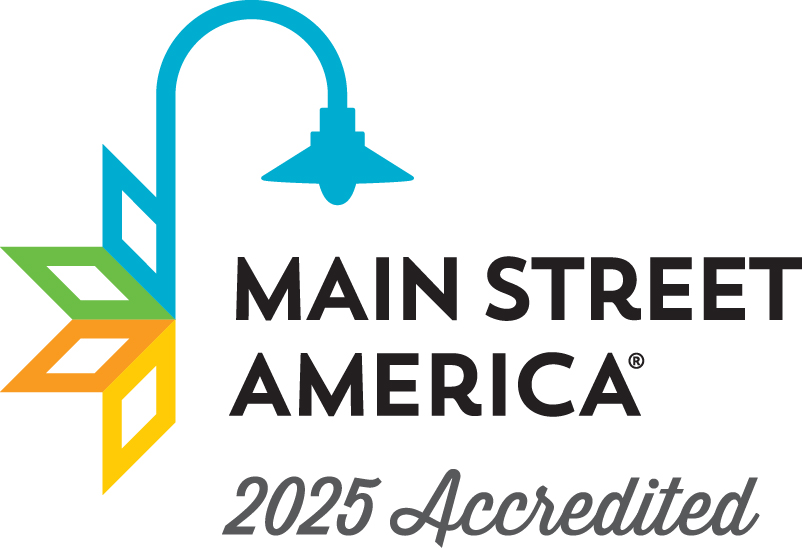
Downtown Boone serves as the concierge to an elevated experience for both locals and visitors. Home to the largest University in western North Carolina, Appalachian State University, tucked against the backdrop of the Blue Ridge Mountains, downtown is the first-place destination for Boone residents after home and work and the beginning point for all adventures.

The Town of Boone is a North Carolina Main Street community, designated by the N.C. Department of Commerce Main Street & Rural Planning Center.
The Downtown Boone Development Association is charged with administering the program at the local level and building public-private partnership to spur economic development that achieves measurable results such as investment, business growth, and job creation.

Nationally recognized. Locally powered.
Main Street America™ has been helping revitalize older and historic commercial districts for more than 35 years. Today it is a network of more than 1,600 neighborhoods and communities, rural and urban, who share both a commitment to place and to building stronger communities through preservation-based economic development. Main Street America is a program of the nonprofit National Main Street Center, a subsidiary of the National Trust for Historic Preservation.
Town Hall
567 West King Street
Boone, NC 28607
Downtown Boone Development Association
PO Box 362
Boone, NC 28607
Phone: (828) 268-6283
Email: lane.moody@townofboone.net
*Closed during Town observed Holidays
The Downtown Boone Development Association is committed to ensuring digital accessibility for all of our visitors. Please let us know if you encounter accessibilities on this website by emailing lane.moody@townofboone.net. Copyright @ 2024 Downtown Boone.